Zwo Seestar S50 review: affordable smart telescope for sky photography anywhere
Keenly priced and easy to use, the Zwo's Seestar S50 is a brilliant beginner option for budding astronomers
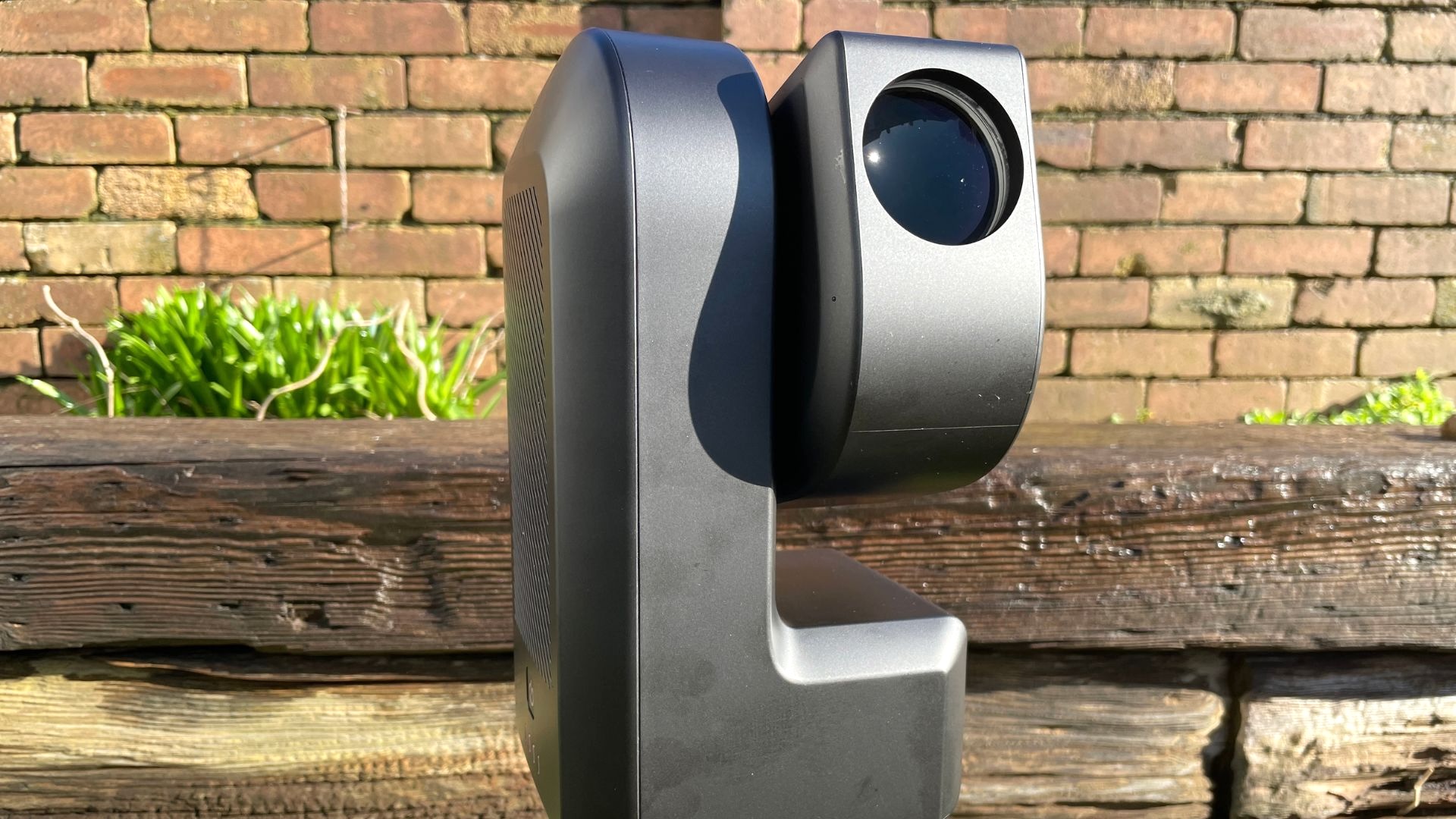
The Seestar S50 is an affordable smart telescope, operated solely via a smartphone app, that makes basic astrophotography simple and accessible. A 2-inch telescope with a Sony image sensor instead of an eyepiece, it creates HD-quality images of celestial objects, such as galaxies and nebula, but also of the sun and moon. Despite its low-resolution images and short battery life, it offers great value for its price.
-
+
Intuitive app
-
+
Simple to set up
-
+
Portable and easy to store
-
+
Effective electronic autofocus
-
-
No eyepiece
-
-
Tripod required
-
-
Low-resolution images
-
-
Short battery life
Why you can trust T3

The Seestar S50 smart telescope — operated entirely via a smartphone app and without an eyepiece — makes astrophotography accessible to everyone under the sun (and moon).
The smallest and most affordable smart telescope on sale, the Seestar S50 is no bigger than a coffee machine yet packs a punch when it comes to deep-sky and solar system astronomy. It lacks the fancy optics and sleek metal casings of the best telescopes (the smart variety, anyway) from the likes of Unistellar, but the Seestar S50 is all about incredible value.
Equipped with a 2-inch/50mm aperture and a Sony IMX462 image sensor in place of an eyepiece, this small refractor on a motorized mount can create HD-quality images of the sun, moon, and deep sky targets. The latter – such as star clusters, distant galaxies and faint yet colorful nebula – mostly can't be seen in traditional telescopes from light-polluted backyards and balconies. However, by taking lots of short exposures and automatically stacking them, the Seestar S50 can make them visible on your smartphone, sometimes in less than a minute.
Is this the smart telescope for you? That will depend on your expectations and interest in astronomy, but this is a popular product for a reason. The most affordable product of its kind, the Seestar S50 is also the flag-bearer for the brave new world of smart telescopes.
ZWO Seestar S50 review
Price and availability

Created by ZWO, a reputable Chinese manufacturer known for producing high-quality astronomy equipment, the Seestar S50 was first launched in 2023. It's available for $449 / £539 / AU$949 at Zwo Astro, which is a remarkably low price for a smart telescope.
For context, that’s less than a quarter of the price of the larger, more luxurious high-end smart telescopes such as the Unistellar Odyssey Pro and Unistellar eVscope 2. It appears to be priced to compete with Vaonis Vespera 2, a smart telescope with similar-sized optics that sells for $1,590 / £1,370 / AU$749.
The box includes a carbon fiber tripod, a USB-C cable, a solar filter and a rudimentary hard carry case that offers total protection.
Accessories include a tripod-level adjuster that does away with the need for fiddling with tripod legs to get the product perfectly balanced. It costs $39.95 / £29.00 / AU$60.
Specifications
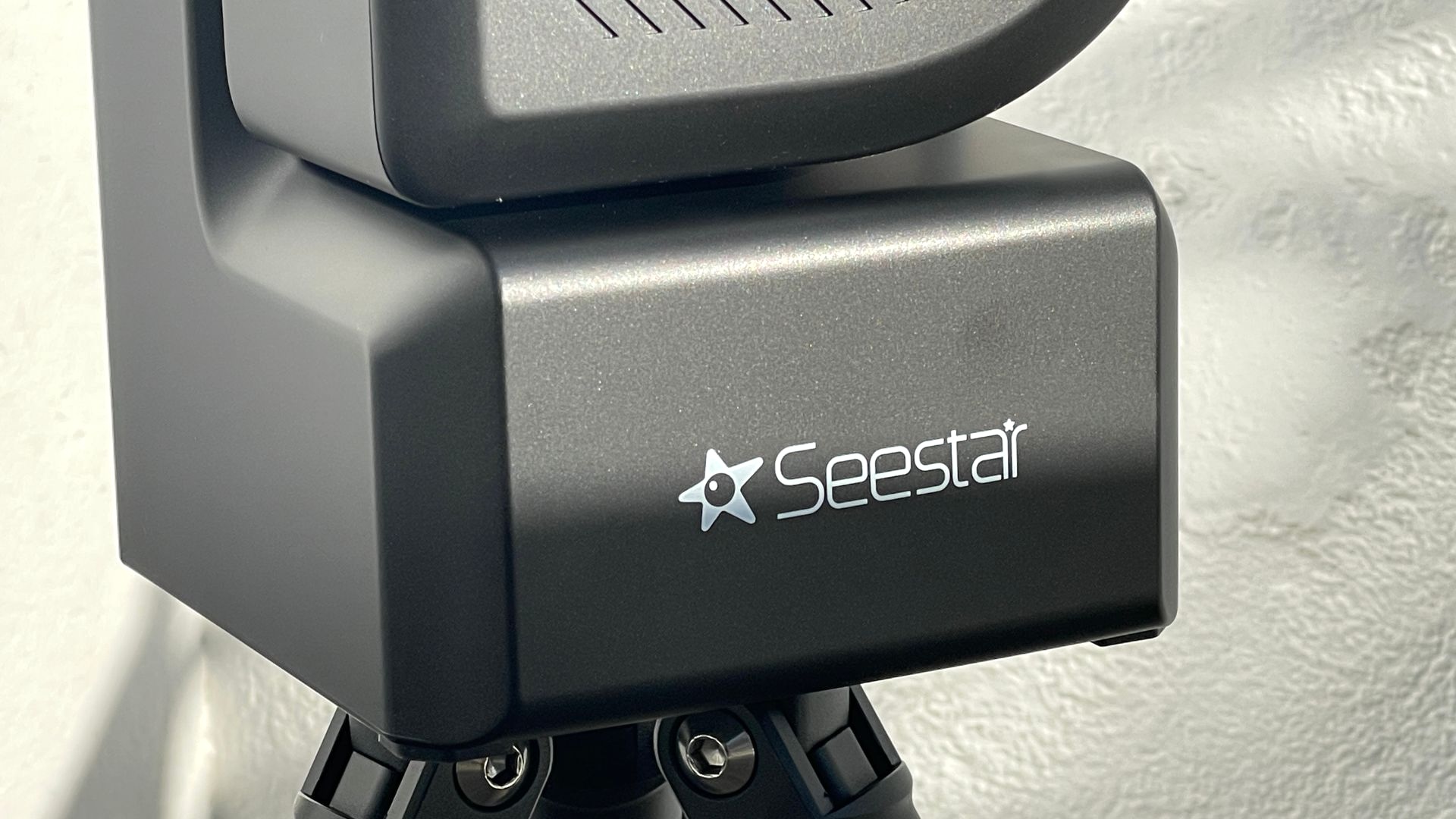
- Optical design: Apochromatic triplet refractor
- Objective lens diameter: 2-inch/50 mm
- Focal length: 9.8-inch/250 mm
- Focal ratio: f/5
- Software supplied: Seestar app
- Mount: Motorized alt-az
- Tripod: 3/8“ tripod thread
- Weight: 5.5lbs/2.5kg
- Storage capacity: 50 GB
- Battery life: 4-6 hours
- Connectivity: WiFi
- Level: Beginner to advanced
Features and what's new
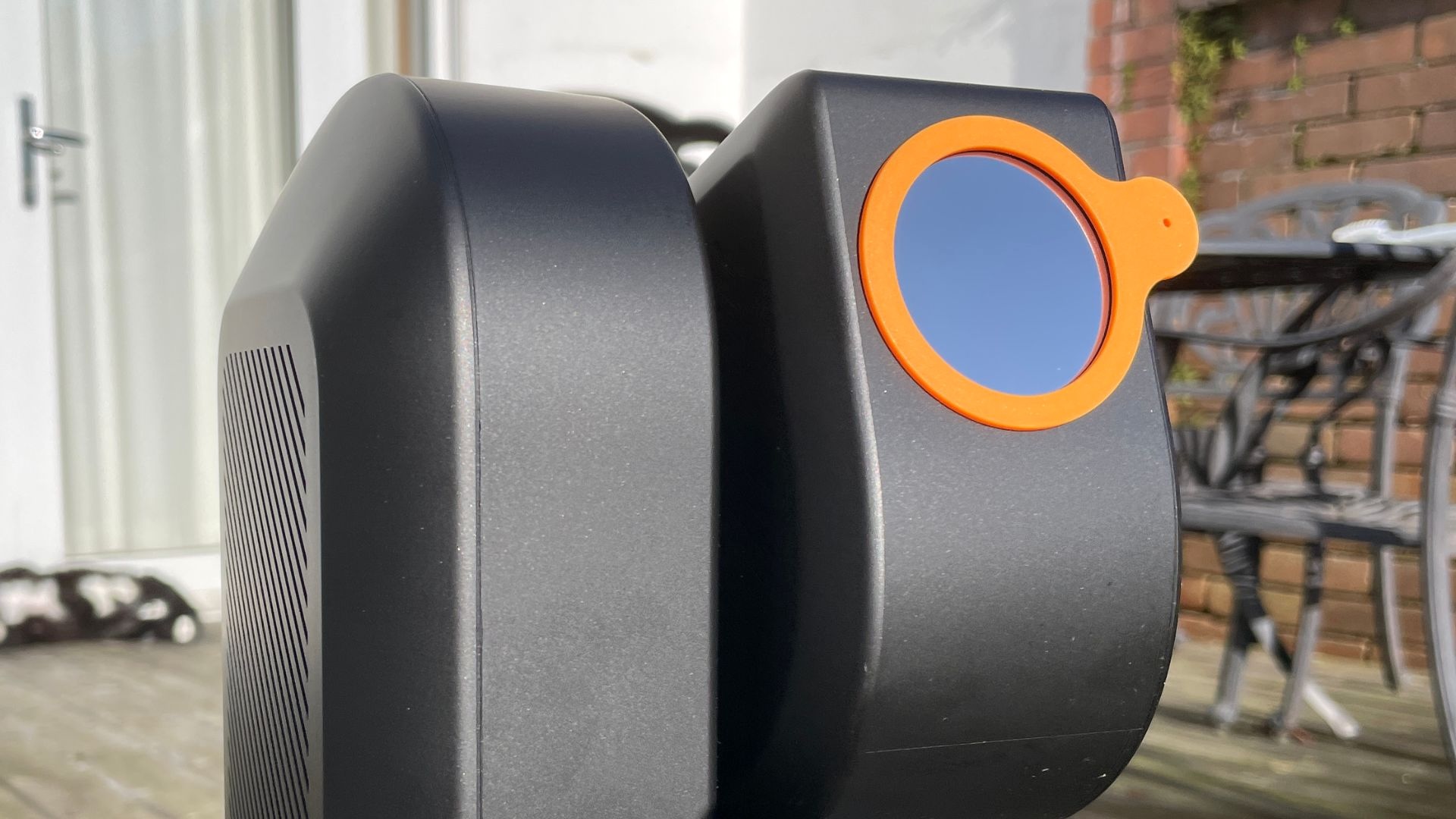
Ultra-portable and lightweight, the Seestar S50 weighs just 5.5 lbs/2.5kg — less than three pineapples — and that's a big chunk of its appeal. It easily fits into a vehicle and even into a modest camera bag, making it an accessory that's easy to travel. At home, it easily sits on a bookshelf when not in use.
At its core, the Seestar S50 is a modest refractor telescope with a teardrop-shaped plastic chassis. There's no lens cap, but to protect it, the motorized arm parks itself while pointing downwards when the telescope is not in use, completely shielding it. It also has rubber pads on its underside to keep it from slipping on shiny surfaces. However, this is a lightweight product that lacks the high-end construction of its rivals.
For a smart telescope, it's what's inside that counts. A critical component of any such product is its image sensor. Inside the Seestar S50 is a 1/2.8-inch Sony IMX462, which, unlike its rivals, is both rather low resolution (it's around two megapixels, so basic HD quality) and rectangular in shape.
Elsewhere, it's equipped with an onboard computer, a 64GB hard disk, and a built-in 6,000 mAh lithium-ion rechargeable battery that recharges via USB-C (Seestar S50 offers about for-to-six hours of use). Since there's no optical eyepiece, when the battery runs out, it's completely useless. It's got that in common with all smart telescopes.
It comes with a two-section carbon fiber tripod. It’s good quality but rather small. It uses a standard 3/8-inch tripod thread, so adding your own larger tripod is possible — and preferable if you want to image objects close to the horizon (such as a setting sun or rising moon).
Setup and ease of use

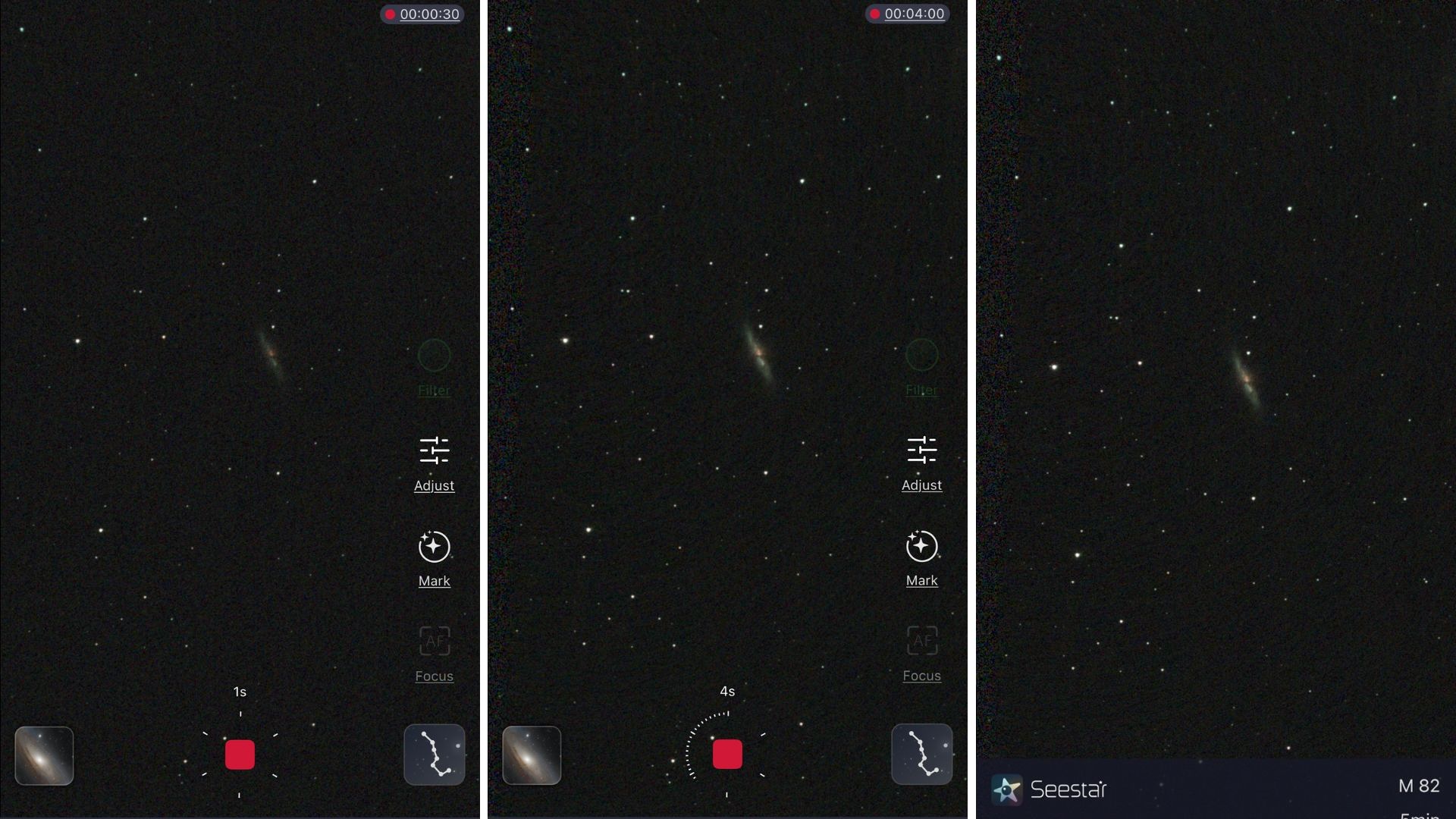
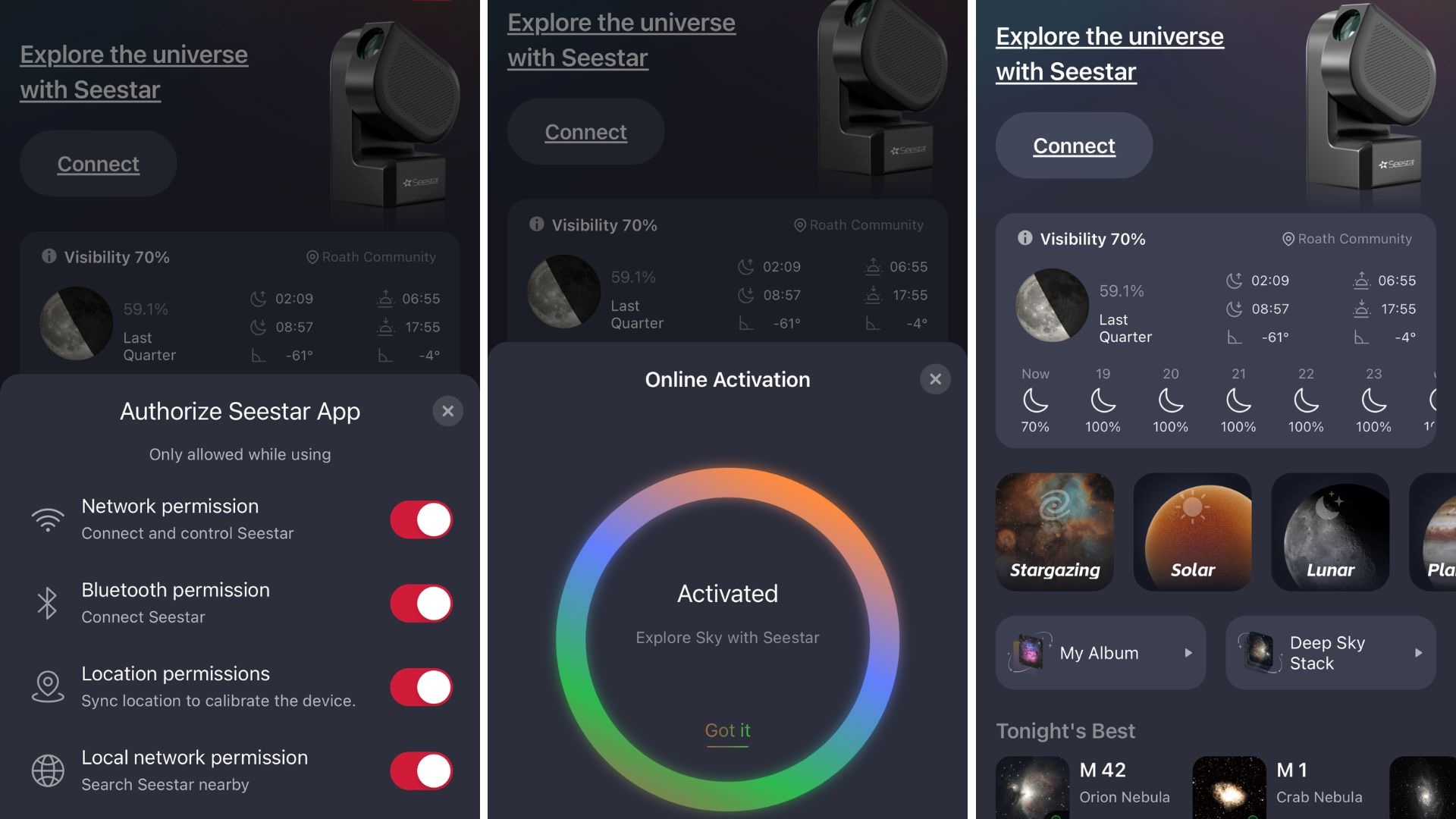
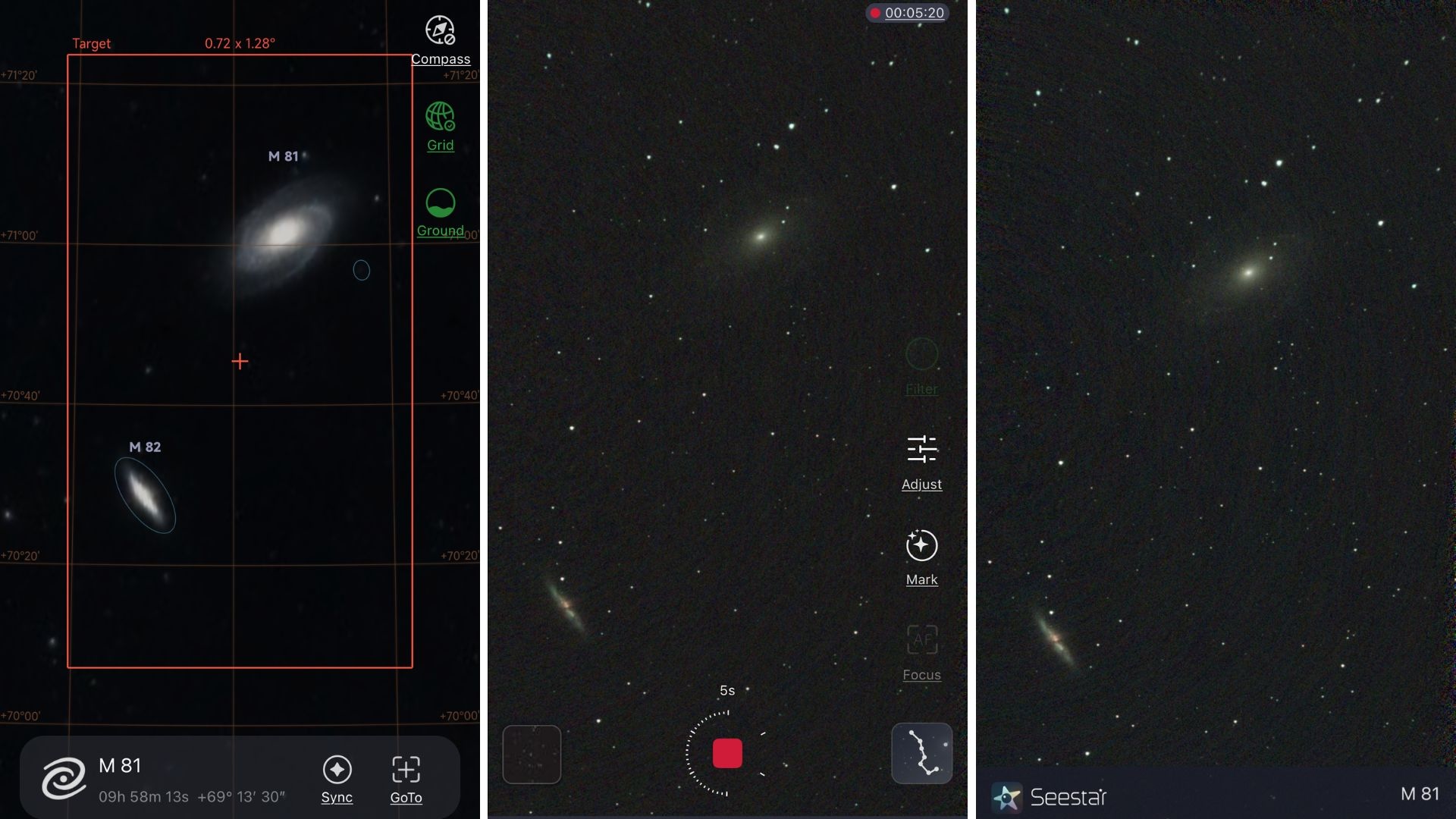
One of Seestar S50's main advantages is its ease of use. After a two-second press of its standby switch and a press of the reset button on its undercarriage, it spits out a WiFi network that a smartphone can join. Everything is then conducted via the Seestar app. Within minutes, it's auto-aligned with the stars above.
While most apps for smart telescopes give the user lists of objects to slew to, the Seestar app provides all-sky planetarium software, so you can browse the virtual sky and select a target. Once chosen, the telescope slews to an object and begins taking 10-second exposures, which it stacks. It's that automatic process that removes the effect of light pollution, but also helping in that aim is its narrowband dual-band filter. Bright objects, such as some galaxies, take just a few minutes of imaging to look impressive.
However, leave the product alone for an hour, and you'll begin to see faint dust lanes in galaxies become visible. That's also true of faint nebula, which can look like nothing at all after a few minutes, but pop with color and intricate detail after an hour. The beauty of all smart telescopes, including the Seestar S50, is that you can go inside and leave it to do its work. All you need is a clear sky. Images are stored in the Seestar app's 'My Album' tab.
Since atmospheric conditions are different each night, it's wise to return to objects repeatedly. It's technically possible to pick up where you left off, adding more and more short exposures, thus building an image of a faint object over multiple nights, even months apart. The only drawback to that is field rotation, a distortive effect caused by its alt-azimuth mount, which doesn't track the rotation of Earth. It can mean blurred stars within images.
What the Seestar S50 delivers in excellent quality at all times are images of the moon and the sun. While the former is crystal clear, the latter — using the snap-on solar filter — is sharp enough to reveal detail within sunspots. That same can't be said for planets, for which images are blurry and uninspiring.
The Seestar S50 does have limitations — including its two-megapixel resolution, its portrait-shaped images and planetary captures — but if you're after an easy-to-use smart telescope for general use, it's hard to beat.
Verdict
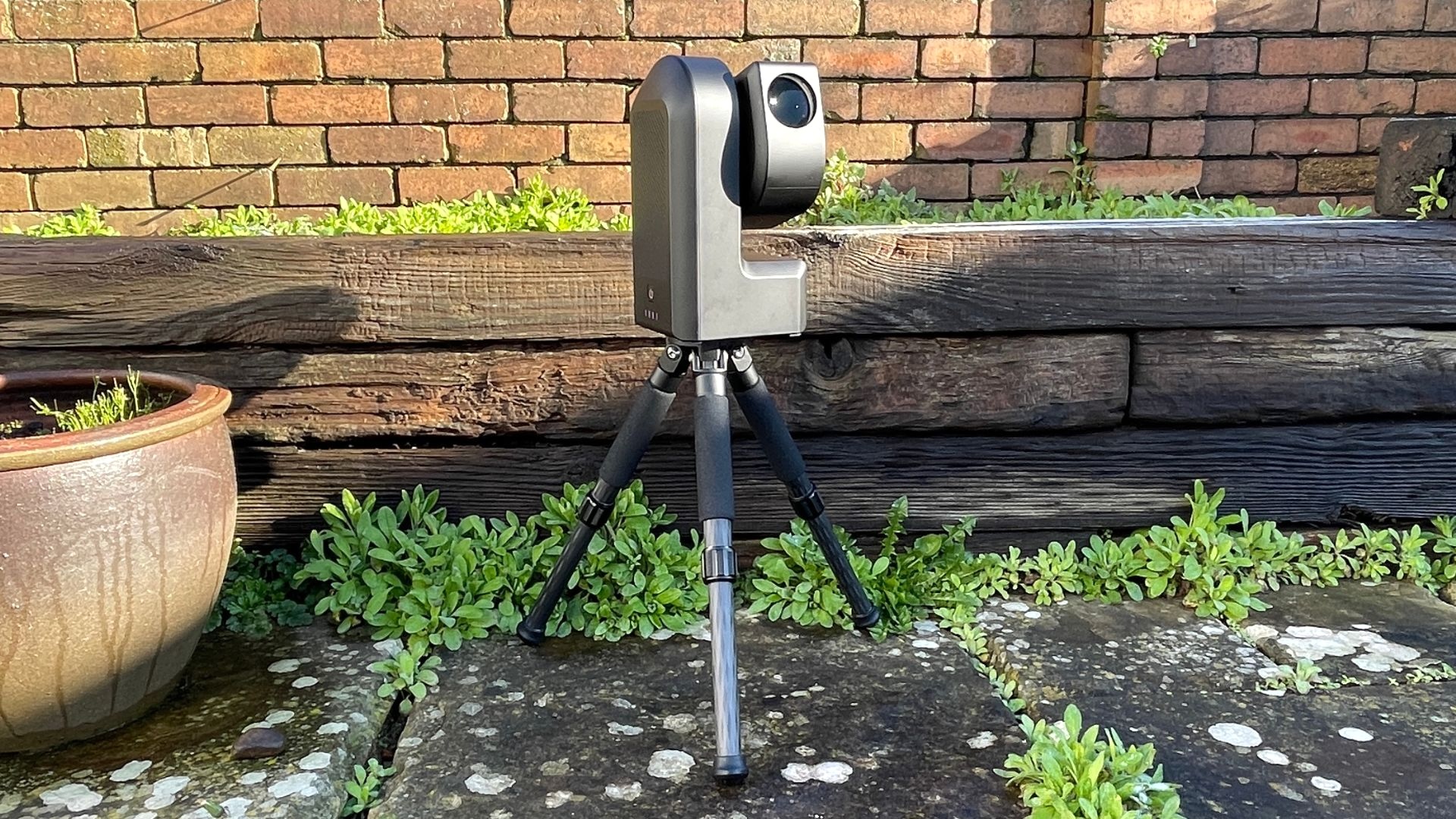
With affordability and ease of use at its core, the Seestar S50 smart telescope is a great entry-level option for anyone wanting to get into astronomy and astrophotography. It's particularly beneficial for those living in light-polluted urban areas.
Despite its technical limitations – such as its relatively low-resolution images compared to other smart telescopes – it compensates with its compact and portable design, intuitive app and, of course, its low price.
It's able to capture images of deep-sky objects within minutes of setup and offers impressive solar and lunar images. The Seestar S50 is an impressive entry-level product that will introduce you to the world of smart telescopes – and it may be the only one you ever need.
Also consider
The Seestar S50 is the most affordable smart telescope around, but it’s not the best. In fact, all the other models available – the chief brands being Unistellar and Vaonis – boast superior build quality and lots of extra features.
For example, the similarly specified Vanois Vespera 2 offers a better app and the chance to take multiple images of the night sky that it automatically stitches together. That's useful for taking panoramas and images of large objects, such as the Andromeda Galaxy. It also produces 6.2-megapixel images.
An expensive step-up option would be the Unistellar Odyssey Pro, a 3.4-inch/85 mm reflector telescope that's physically a little larger but takes 4.1-megapixel images. It adds a Nikon OLED eyepiece and offers the chance to get involved in citizen science campaigns to find exoplanets and image-passing comets.
Sign up to the T3 newsletter for smarter living straight to your inbox
Get all the latest news, reviews, deals and buying guides on gorgeous tech, home and active products from the T3 experts
Jamie is a freelance journalist, copywriter and author with 20 years' experience. He's written journalism for over 50 publications and websites and, when he's not writing, spending most of his time travelling – putting the latest travel tech through its paces.
-
 Warning: Ciele’s refreshed Elite Collection may cause excessive garment envy on race day
Warning: Ciele’s refreshed Elite Collection may cause excessive garment envy on race dayFlex on your run crew with Ciele’s latest drop
By Matt Kollat Published
-
 Smeg adds a touch of navy sophistication to its iconic breakfast set
Smeg adds a touch of navy sophistication to its iconic breakfast setIt's a minimalist's dream
By Lizzie Wilmot Published
-
 My most anticipated Netflix movie of the year gets a wild new trailer
My most anticipated Netflix movie of the year gets a wild new trailerHavoc looks pretty unbelievable
By Max Freeman-Mills Published